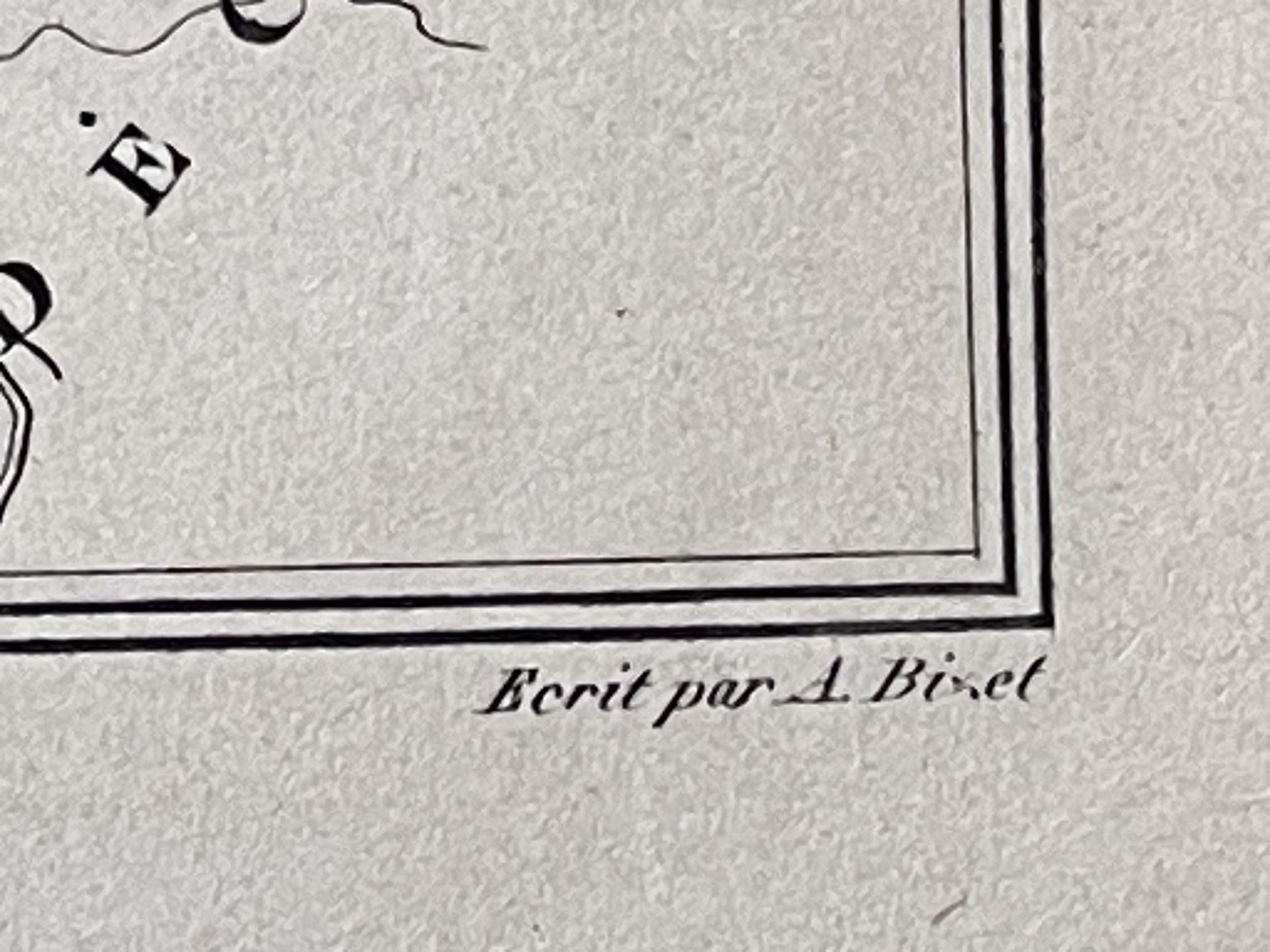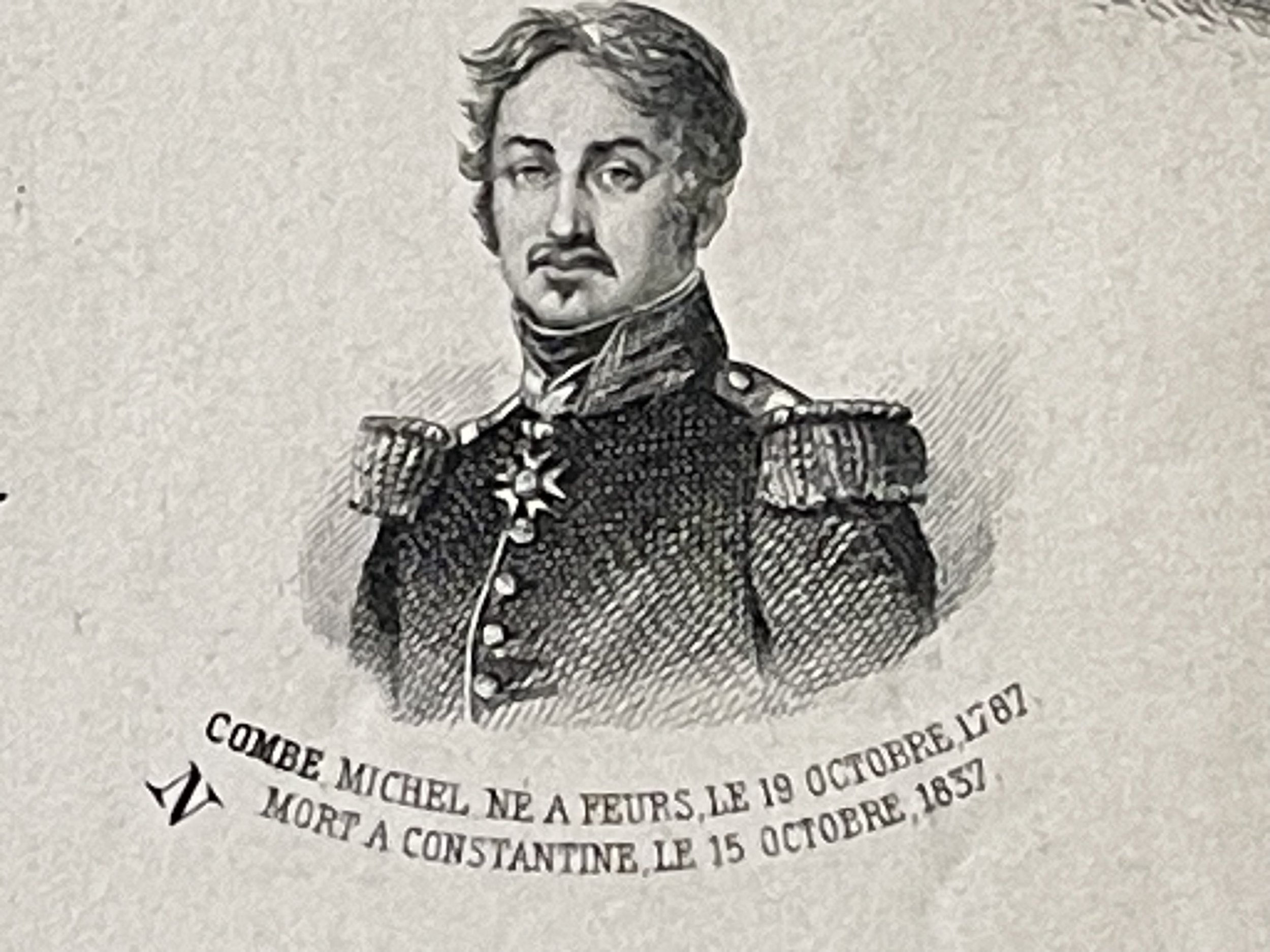La France, Loire Valley Folio Map - Lecocq Barbier / Charles Albert Waltner - 1850
Steel Engraving, Good condition. Map measuring 56.5 x 38 cm. Engraved by Lecocq Barbier and Waltner, drawn up under the direction of J. Migeon, Written by A. Bizet. With illustrations and accompanying double page text.
Charles Albert Waltner, aka C. A. Waltner (Paris 23 or 24 March 1846 – 15 June 1925 Paris) was a French artist and etcher. His father, Charles Jules Waltner, was also a French artist and etcher who engraved religious subjects for specialized publishers from 1848. Waltner studied painting under the guidance of Jean-Léon Gérôme and Léon Bonnat. Later he was taught by Henriquel-Dupont in the art of copper cutting and etching.
Waltner became known for his ability to render large color paintings by the likes of Rembrandt, Thomas Gainsborough and Jules Breton into etchings. The etchings were in turn converted into prints by firms like Arthur Tooth & Sons. The final prints were typically sold to the general public at a more affordable price than the original work using a network of dealers. In the case of works where the original artist was still alive, the original artist frequently encouraged the practice and may have signed the final prints along with Waltner. Prints helped the original artist increase their income as well as spread their fame.
In 1868 Waltner won a Prix de Rome scholarship that allowed him to live and study in Rome. He was a member of the jury and exhibited at the first international exhibition of white and black in 1885 at the Pavillon de Flore, and participated as a founder in the reopening of the National Society of Fine Arts. In 1908, he was admitted to the Academy of Fine Arts.
Barbier & Lecoq (Fl 19thC)
Jean Midgeon (fl 1855-1899)
Steel Engraving, Good condition. Map measuring 56.5 x 38 cm. Engraved by Lecocq Barbier and Waltner, drawn up under the direction of J. Migeon, Written by A. Bizet. With illustrations and accompanying double page text.
Charles Albert Waltner, aka C. A. Waltner (Paris 23 or 24 March 1846 – 15 June 1925 Paris) was a French artist and etcher. His father, Charles Jules Waltner, was also a French artist and etcher who engraved religious subjects for specialized publishers from 1848. Waltner studied painting under the guidance of Jean-Léon Gérôme and Léon Bonnat. Later he was taught by Henriquel-Dupont in the art of copper cutting and etching.
Waltner became known for his ability to render large color paintings by the likes of Rembrandt, Thomas Gainsborough and Jules Breton into etchings. The etchings were in turn converted into prints by firms like Arthur Tooth & Sons. The final prints were typically sold to the general public at a more affordable price than the original work using a network of dealers. In the case of works where the original artist was still alive, the original artist frequently encouraged the practice and may have signed the final prints along with Waltner. Prints helped the original artist increase their income as well as spread their fame.
In 1868 Waltner won a Prix de Rome scholarship that allowed him to live and study in Rome. He was a member of the jury and exhibited at the first international exhibition of white and black in 1885 at the Pavillon de Flore, and participated as a founder in the reopening of the National Society of Fine Arts. In 1908, he was admitted to the Academy of Fine Arts.
Barbier & Lecoq (Fl 19thC)
Jean Midgeon (fl 1855-1899)
Steel Engraving, Good condition. Map measuring 56.5 x 38 cm. Engraved by Lecocq Barbier and Waltner, drawn up under the direction of J. Migeon, Written by A. Bizet. With illustrations and accompanying double page text.
Charles Albert Waltner, aka C. A. Waltner (Paris 23 or 24 March 1846 – 15 June 1925 Paris) was a French artist and etcher. His father, Charles Jules Waltner, was also a French artist and etcher who engraved religious subjects for specialized publishers from 1848. Waltner studied painting under the guidance of Jean-Léon Gérôme and Léon Bonnat. Later he was taught by Henriquel-Dupont in the art of copper cutting and etching.
Waltner became known for his ability to render large color paintings by the likes of Rembrandt, Thomas Gainsborough and Jules Breton into etchings. The etchings were in turn converted into prints by firms like Arthur Tooth & Sons. The final prints were typically sold to the general public at a more affordable price than the original work using a network of dealers. In the case of works where the original artist was still alive, the original artist frequently encouraged the practice and may have signed the final prints along with Waltner. Prints helped the original artist increase their income as well as spread their fame.
In 1868 Waltner won a Prix de Rome scholarship that allowed him to live and study in Rome. He was a member of the jury and exhibited at the first international exhibition of white and black in 1885 at the Pavillon de Flore, and participated as a founder in the reopening of the National Society of Fine Arts. In 1908, he was admitted to the Academy of Fine Arts.
Barbier & Lecoq (Fl 19thC)
Jean Midgeon (fl 1855-1899)
Code : A213
Cartographer : Cartographer / Engraver / Publisher: Lecocq Barbier / Charles Albert Waltner /Jean Midgeon
Date : Publication Place / Date - 1862
Size : Sheet size: Image Size: 28 x 35 cm
Availability : Available
Type - Genuine - Antique
Grading A
Where Applicable - Folds as issued. Light box photo shows the folio leaf centre margin hinge ‘glue’, this is not visible otherwise.
Tracked postage, in casement. Please contact me for postal quotation outside of the UK.












